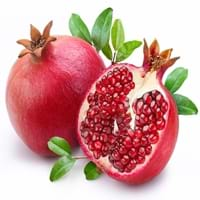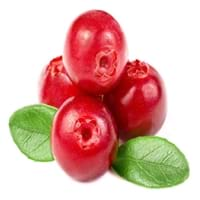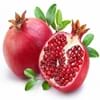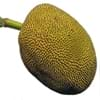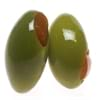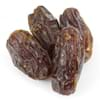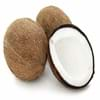Health Benefits
Cancer prevention, Heart care, Helps in cartilage regeneration, Improves stomach health, Increase in haemoglobin, Increases metabolic rate, Prevents constipation
Cancer prevention, Heart care, Kidney stone treatment, Scurvy treatment, Ulcer prevention
General Benefits
Boosts immune system, Controls blood pressure, Controls blood sugar levels, Digestive aid, Maintains healthy cholesterol level
Anti-inflammatory properties, Boosts immune system, Digestive aid, Fights against infections, Strengthens bones
Skin Benefits
Anti-aging benefits, Skin rejuvenation, Treatment of acne
Anti-aging benefits, Reduces wrinkles, Skin rejuvenation, Treatment of acne
Hair Benefits
Prevents hair loss, Promotes longer and healthier hair, Treatment of dandruff
Promotes longer and healthier hair, Protects hair, Treatment of dandruff
Allergy Symptoms
Abdominal pains, Anaphylaxis, Itching
Anaphylaxis, Breathing difficulty, Itching, Skin rash, Swelling of mouth, tongue or lips
Side Effects
Allergic reaction, Cold, Breathing difficulty, Irritation, Swelling
Allergic reaction, Diarrhoea, Nausea, Stomach pain, Vomiting
Best Time to Eat
Best if taken as a breakfast (or empty stomach), As a snack in the late afternoon, Eat the fresh ones, avoid mixing with any other foods, don't eat after meal., Morning time (before lunch)
Any time except an hour after meal, Don't consume at night and before bed
Vitamin B5 (Pantothenic Acid)
Vitamin C (Ascorbic Acid)
Vitamin K (Phyllochinone)
Calories in Fresh Fruit with Peel
Not Available
Calories in Fresh Fruit without Peel
Not Available
Calories in Frozen Form
Not Available
Calories in Canned Form
Not Available
Varieties
Balegal, Crab, Cloud, Francis, Freshman and Granada
Early Black, Howes, Ben Lear and Stevens
Color
Dark red, Light pink-red
Red
Taste
Juicy, Sweet
Bitter, Tart
Origin
India, Iran
North America
Soil Type
Clay, Sand
Clay, Sandy, Well-drained
Climatic Conditions
Cold, Dry, Hot
Warm
Facts about
- Pomegranate means apple with many seeds.
- It was called as the “apple of Grenada” in early English.
- In Hinduism, this fruit symbolizes prosperity and fertility.
- Pomegranate trees can live upto 200 years.
- Europeans thought the cranberry blossom looked like the head of a sandhill crane, hence the name Cranberry.
- They are also known as bounce berries as they bounce when they ripe.
- Cranberries do not grow in water.
Top Producer
Iran
United States of America
Other Countries
Africa, India, Middle east, Pakistan
Azerbaijan, Belarus, Bulgaria, Canada, Latvia, Macedonia, NA, Romania, Tunisia, Ukraine
Top Importer
Europe
Europe
Top Exporter
India
United States of America
Botanical Name
Punica granatum
Vaccinium Macrocarpon
Synonym
Punica malus
Oxycoccus macrocarpus
Subkingdom
Tracheobionta
Tracheobionta
Division
Magnoliophyta
Magnoliophyta
Class
Magnoliopsida
Magnoliopsida
Subclass
Rosidae
Dillenhidae
Family
Lythraceae
Ericaceae
Species
P. granatum
Vaccinium macrocarpon
Generic Group
Pomegranate
Heath
Difference Between Pomegranate and Cranberry
We might think that Pomegranate and Cranberry are similar with respect to nutritional value and health benefits. But the nutrient content of both fruits is different. Pomegranate and Cranberry Facts such as their taste, shape, color, and size are also distinct. The difference between Pomegranate and Cranberry is explained here.
The amount of calories in 100 gm of fresh Pomegranate and Cranberry with peel is Not Available and 46.00 kcal and the amount of calories without peel is 83.00 kcal and Not Available respectively. Thus, Pomegranate and Cranberry belong to High Calorie Fruits and Low Calorie Fruits category.These fruits might or might not differ with respect to their scientific classification. The order of Pomegranate and Cranberry is Myrtales and Ericales respectively. Pomegranate belongs to Lythraceae family and Cranberry belongs to Ericaceae family. Pomegranate belongs to Punica genus of P. granatum species and Cranberry belongs to Vaccinium genus of Vaccinium macrocarpon species. Beings plants, both fruits belong to Plantae Kingdom.
